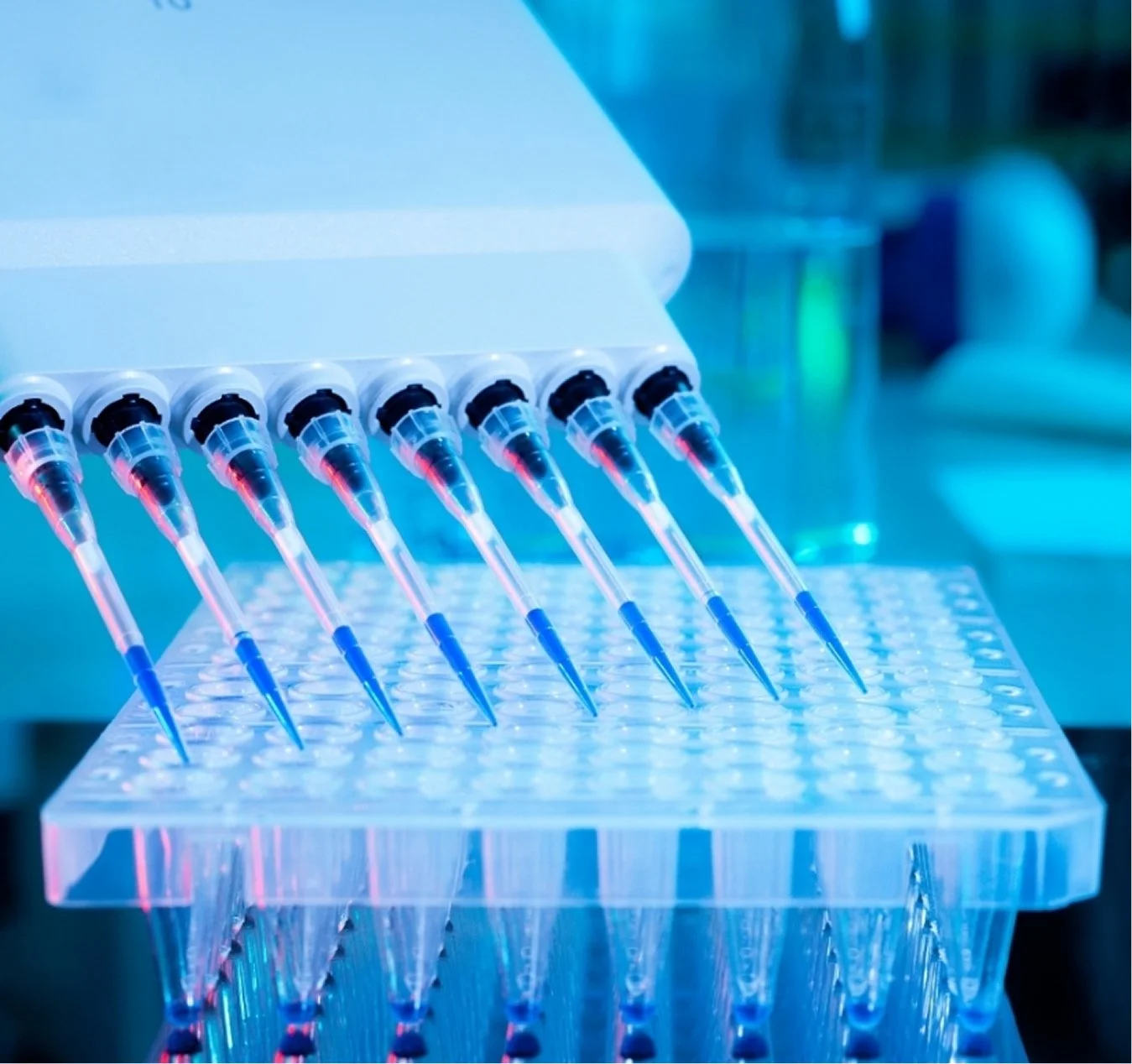 Image 1 of 1
Image 1 of 1


Human FGF-19 ELISA Kit
SIZE
96 wells/kit
INTRODUCTION
Fibroblast growth factor 19 (FGF-19) is a member of a subfamily of FGFs that includes FGF-21 and FGF-23, each member functions as an important regular of nutrient metabolism. The primary source of endocrine FGF-19 is the ileum, bile acids release into the intestine after a meal to induce expression of FGF-19. Circulating FGF-19 plays an important role in maintaining proper bile acid homeostasis. Several pharmacologic studies in hyperglycaemic, obese animal models have shown that FGF-19 can improve metabolic rate and lower serum glucose and hepatic triglyceride and cholesterol levels. Like insulin, FGF-19 functions as postprandial hormone to govern hepatic protein synthesis, glycogen synthesis and gluconeogenesis, but does not stimulate lipogenesis.
PRINCIPLE OF THE ASSAY
This assay is a quantitative sandwich ELISA. The immunoplate is pre-coated with a rabbit polyclonal antibody specific for human FGF-19. Standards and samples are pipetted into the wells and any human FGF-19 present is bound by the immobilized antibody. After washing away any unbound substances, a biotin labelled polyclonal antibody specific for human FGF-19 is added to the wells. After wash step to remove any unbound reagents, streptavidin-HRP conjugate (STP-HRP) is added. After the last wash step, an HRP substrate solution is added and colour develops in proportion to the amount of human FGF-19 bound initially. The assay is stopped and the optical density of the wells determined using a microplate reader. Since the increases in absorbance are directly proportional to the amount of captured human FGF-19, the unknown sample concentration can be interpolated from a reference curve included in each assay.
SIZE
96 wells/kit
INTRODUCTION
Fibroblast growth factor 19 (FGF-19) is a member of a subfamily of FGFs that includes FGF-21 and FGF-23, each member functions as an important regular of nutrient metabolism. The primary source of endocrine FGF-19 is the ileum, bile acids release into the intestine after a meal to induce expression of FGF-19. Circulating FGF-19 plays an important role in maintaining proper bile acid homeostasis. Several pharmacologic studies in hyperglycaemic, obese animal models have shown that FGF-19 can improve metabolic rate and lower serum glucose and hepatic triglyceride and cholesterol levels. Like insulin, FGF-19 functions as postprandial hormone to govern hepatic protein synthesis, glycogen synthesis and gluconeogenesis, but does not stimulate lipogenesis.
PRINCIPLE OF THE ASSAY
This assay is a quantitative sandwich ELISA. The immunoplate is pre-coated with a rabbit polyclonal antibody specific for human FGF-19. Standards and samples are pipetted into the wells and any human FGF-19 present is bound by the immobilized antibody. After washing away any unbound substances, a biotin labelled polyclonal antibody specific for human FGF-19 is added to the wells. After wash step to remove any unbound reagents, streptavidin-HRP conjugate (STP-HRP) is added. After the last wash step, an HRP substrate solution is added and colour develops in proportion to the amount of human FGF-19 bound initially. The assay is stopped and the optical density of the wells determined using a microplate reader. Since the increases in absorbance are directly proportional to the amount of captured human FGF-19, the unknown sample concentration can be interpolated from a reference curve included in each assay.

